Overview
Enterprise Browser is a powerful, industrial browser that enables developers to build feature-rich web applications that integrate seamlessly with the capabilities offered by Zebra mobile computers and peripherals. In essence, Enterprise Browser acts as a runtime environment inside which a company's HTML and JavaScript application logic can be executed and controlled, and can interface with a device's hardware (i.e. scanners, card readers, etc.) through EB APIs.
The base EB installation includes everything needed to quickly build device apps for barcode scanning, signature capture, payment processing, printing and most other enterprise applications. Enterprise Browser applications are built with standard web technologies such as HTML5, CSS3 and JavaScript, and run and integrate with virtually any Zebra device running Android and Microsoft Windows Mobile/CE.
For migrating from PocketBrowser or the RhoElements Shared Runtime, Enterprise Browser supports those legacy products, and is the ideal path forward for developers looking to move legacy applications to newer devices or to update their apps with a modern UI. Enterprise Browser will improve development time, reduce costs and make the transition to next-generation devices and operating systems fast, easy and affordable--especially in high-volume mobile environments.
New in v1.4
Zebra Device Support
- MC92N0 Android KitKat
- TC8000 Android KitKat
New APIs
New Features
- Keycode Mapping allows a custom set of Android keycode values to be assigned from a file, replacing some or all of the system's default keycode values. Applies to Android only.
New Tags
<KeepAlive> provides the option of maintaining a connection from client to server between HTTP requests. For Windows Mobile/CE with Webkit engine only.
<LogTrace> provides logging of the Trace messages generated by Enterprise Browser. For Android and Windows Mobile/CE.
<usedwforscanning> controls whether to 'use DataWedge (DW) for scanning' or to go through Enterprise Browser APIs. Refer to the DataWedge Usage Guide for details. For Android only.
New Guides
DataWedge Usage Guide details the steps required to use DataWedge for barcode scanning instead of the Enterprise Browser APIs and for switching between the two.
Keycode Mapping Guide explains how to remap Android keys to ensure that keycode values are delivered to apps as expected.
Key Features
A development toolkit for mobile cross-platform enterprise apps
- Supports all enterprise devices: mobile computers, tablets, kiosks, wearables and vehicle-mounted devices
- Supports multiple operating systems: Android, Windows Embedded Handheld and Windows Mobile/CE
Build apps using HTML5, CSS and JavaScript
- Use web skills to create great-looking applications
- Based on open source and standard technologies, not proprietary toolkits
- Access to the world's largest developer community
Common APIs across all enterprise devices
- Single code base; does not require different APIs for different OSes to create a true write-once, run-anywhere apps with a consistent UI
- Easily access native device hardware with JavaScript APIs
Backward-compatible with PocketBrowser and RhoElements
- Compatible with legacy PocketBrowser APIs, enabling a clear path forward for legacy apps
- EMML (Meta Tag) support extended to Android
- Compatible with legacy RhoElements JavaScript APIs, enabling a clear path forward for "RhoElements Shared Runtime" users
Unparalleled access to device capabilities
- Access all device features, including bar code scanning, signature capture, printing, RFID and more
Thin client architecture
- Simplifies device deployment and management by enabling instant application updates on devices; ensures version consistency
Offers operating system "lock out"
- Hides access to distractions, such as web-browsing and games; simplifies user interface and eliminates risk of unauthorized changes to device settings
- Password-protect settings screen and prevent any app from exiting
Full-screen display
- Maximizes available display space for a richer, more effective user interface; hides command bar and Start menu
Extensive logging capability
- Flexibility to easily capture logging information, reducing management and support effort
Key Benefits
- Reduces application and development costs and eliminates the need to develop, manage and maintain multiple versions of an application to support different types of devices and operating systems; provides highly cost effective support for a mixed-OS environment.
- Protects the business from OS market uncertainty. Devices and platforms can continue to churn without impacting the business. These OS-agnostic applications work on Symbol, Motorola and Zebra Technologies platforms of yesterday (MPA2), today and tomorrow.
- Reduces end-user training costs. Enterprise Browser app development is incredibly intuitive for developers skilled in HTML5, CSS and JavaScript.
- Leverage every feature on every device and attached peripheral. Easily design rich applications that take advantage of all the available features on a device and its attached peripherals, including barcode scanners, RFID tag readers and payment processing devices.
- Create consumer-style apps for business Without OS constraints to impact app design, a graphical user interface can be created that is every bit as engaging, intuitive and interactive as today's consumer applications. Provides complete control of application behavior on different devices. With automatic screen resizing, apps can look, feel and behave identically on all devices, or display new features or expand the presentation of existing features to take advantage of larger screens.
- Faster time to market. A simplified application development approach allows for shorter time to market than ever before.
Supported Devices
Mobile
| Device | Operating System(s) | Supported Web Views | ||
|---|---|---|---|---|
 |
ES400 | ES400 | Windows Embedded Handheld 6.5 | Internet Explorer, Webkit |
 |
ET1 | ET1 (Enterprise Tablet), ET1 WAN | Android 4.1 (Jelly Bean) | Android Stock Webkit |
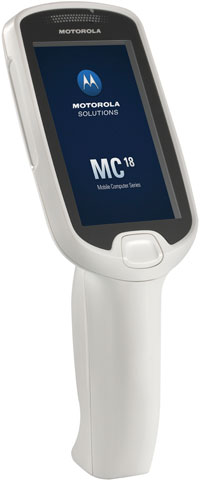 |
MC18 | MC18 | Windows CE 7.0, Android 4.4 (KitKat) | Internet Explorer, Webkit |
 |
MC3090 | MC3000, MC3090 | Windows CE 5.0 Windows Mobile 6.1 |
Internet Explorer |
 |
MC3100 | Windows CE 6.0 Professional Windows Embedded Handheld 6.5 |
Internet Explorer, Webkit | |
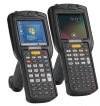 |
MC32N0 | MC32N0 | Android 4.1 (Jelly Bean) Windows CE 7.0 |
Android Stock Webkit, Internet Explorer, Webkit |
 |
MC40 | Android 4.4 (KitKat) | Android Stock Webkit | |
 |
MC45 | MC45 | Windows Embedded Handheld 6.5 | Internet Explorer, Webkit |
 |
MC55 | MC5574, MC5590 | Windows Embedded Handheld 6.5 | Internet Explorer, Webkit |
 |
MC55A0 | MC55A0 | Windows Embedded Handheld 6.5 | Internet Explorer, Webkit |
 |
MC55N0 | MC55N0 | Windows Embedded Handheld 6.5 | Internet Explorer, Webkit |
 |
MC65 | MC659B | Windows Embedded Handheld 6.5 | Internet Explorer, Webkit |
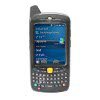 |
MC67 | MC67 | Android 4.1 (Jelly Bean), Windows Embedded Handheld 6.5 |
Android Stock Webkit, Internet Explorer, Webkit |
 |
MC70 | MC7004, MC7090, MC7094, MC7095 | Windows Mobile 6.1 | Internet Explorer |
 |
MC75 | MC7506, MC7508, MC7596, MC7598 | Windows Embedded Handheld 6.5 | Internet Explorer |
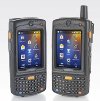 |
MC75a | MC75A0, MC75A6, MC75A8 | Windows Embedded Handheld 6.5 | Internet Explorer, Webkit |
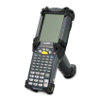 |
MC9000 | Windows CE 5.0 Windows Mobile 6.1 |
Internet Explorer | |
 |
MC9100 | MC9190-G, MC9190Z | Windows CE 6.0 Professional Windows Embedded Handheld 6.5 |
Internet Explorer, Webkit |
 |
MC9200 | MC92N0 | Android 4.4 KitKat, Windows CE 7.0, Windows Embedded Handheld 6.5 |
Android Stock Webkit, Internet Explorer, Webkit |
 |
MC9500 | Windows Mobile 6.1, Windows Embedded Handheld 6.5 | Internet Explorer, Webkit | |
 |
TC55 | Android 4.4 (KitKat) | Android Stock Webkit | |
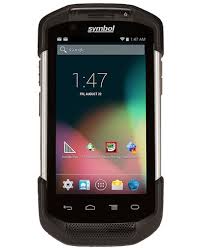 |
TC70 | Android 4.4 (KitKat) | Android Stock Webkit | |
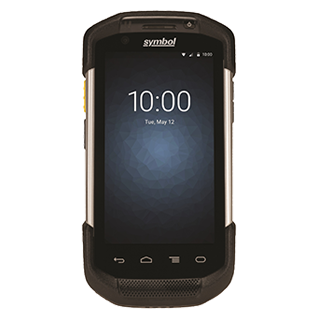 |
TC75 | Android 4.4 (KitKat) | Android Stock Webkit | |
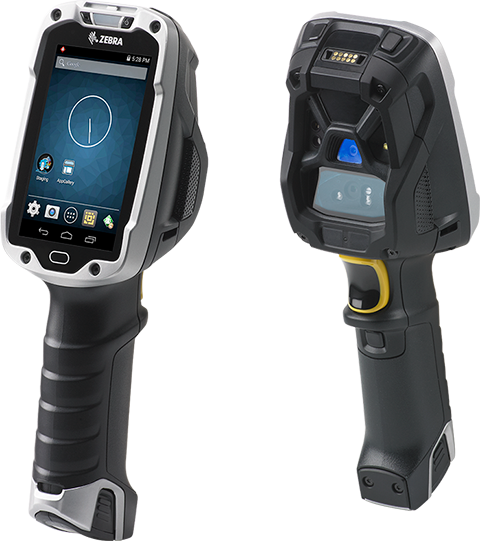 |
TC8000 | Android 4.4 (KitKat) | Android Stock Webkit | |
 |
Workabout | CE 6.0 | Internet Explorer, Webkit |
Vehicle
| Device | Operating System(s) | Supported Web Views | ||
|---|---|---|---|---|
 |
VC5090 | VC5090 | Windows CE 5.0 | Internet Explorer |
 |
VC6000 | VC6000, VC6096 | Windows Embedded Handheld 6.5 | Internet Explorer |
 |
VC70 | VC70 | Windows CE 7.0 | Internet Explorer, Webkit |
Micro-Kiosk
| Device | Operating System(s) | Supported Web Views | ||
|---|---|---|---|---|
 |
MK3000 | MK3000, MK3090 | Windows CE 5.0 | Internet Explorer |
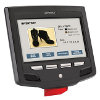 |
MK3100 | MK3100, MK3190 | Windows CE 7.0 | Internet Explorer, Webkit |
 |
MK4000 | MK4000, MK4090 | Windows CE 5.0 | Internet Explorer |
Wearable
| Device | Operating System(s) | Supported Web Views | ||
|---|---|---|---|---|
 |
WT4090 | WT4070, WT4090 | Windows CE 5.0 | Internet Explorer |
 |
WT41N0 | WT41N0 | Windows CE 7.0 | Internet Explorer, Webkit |
Printers
| These printers have been tested for USB printing compatibility. Zebra supports wireless printing on many other models. | Device models | Operating System(s) | Interface(s) | |
|---|---|---|---|---|
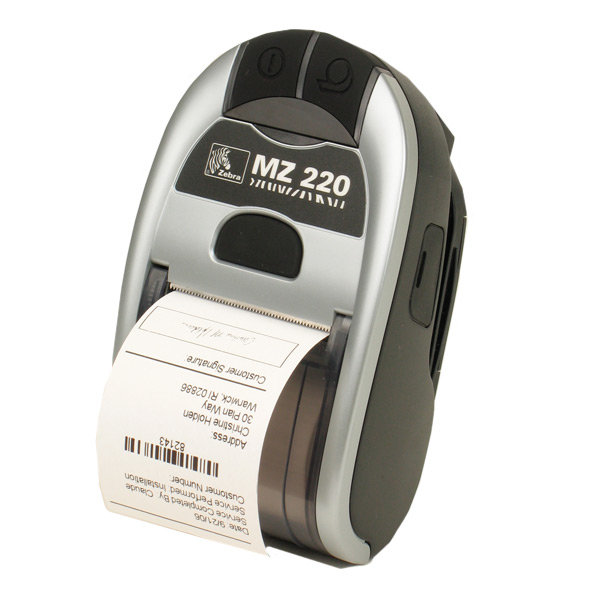 |
MZ | MZ 220, MZ 320 | Android, Windows Mobile/CE | Bluetooth, USB, Wi-Fi |
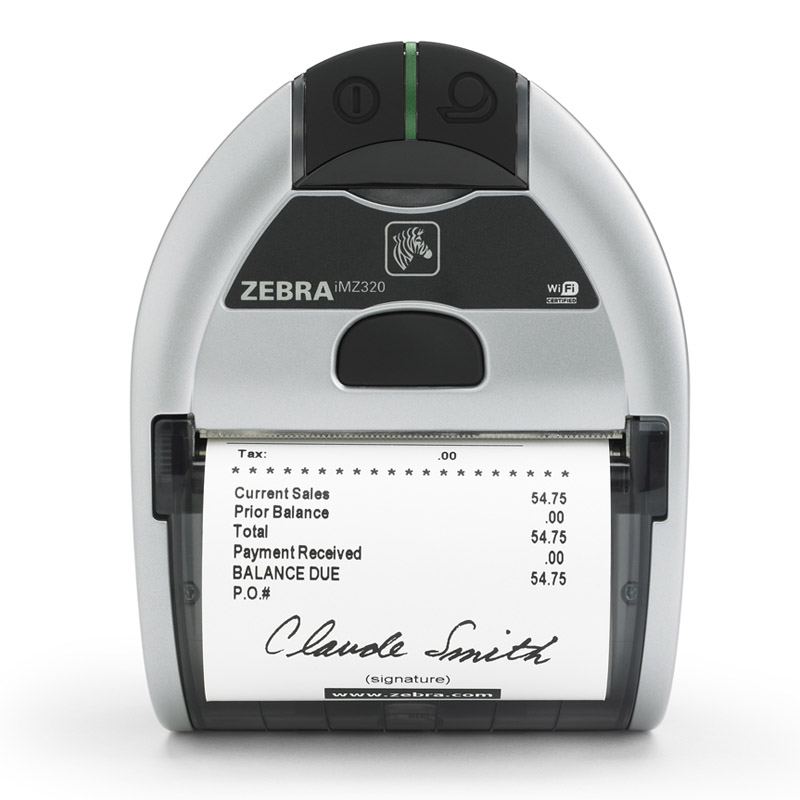 |
iMZ | iMZ 220, iMZ 320 | Android, Windows Mobile/CE | Bluetooth, USB, Wi-Fi |
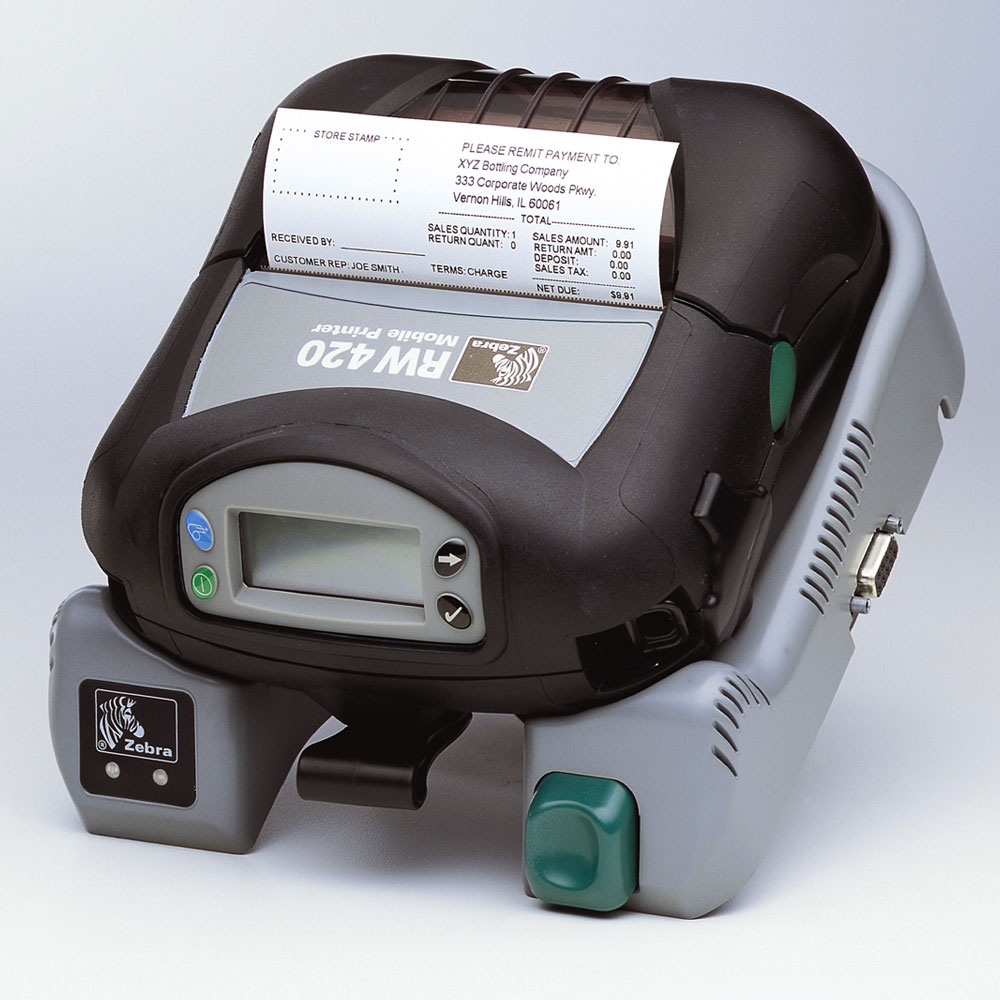 |
RW | RW 220, RW 420, RW 420 Print Station | Android, Windows Mobile/CE | Bluetooth, USB, Wi-Fi |
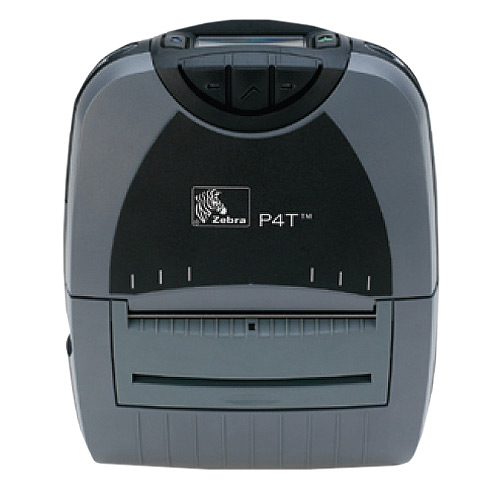 |
P4T | P4T, RP4T Passive RFID Printer | Android, Windows Mobile/CE | Bluetooth, USB, Wi-Fi |
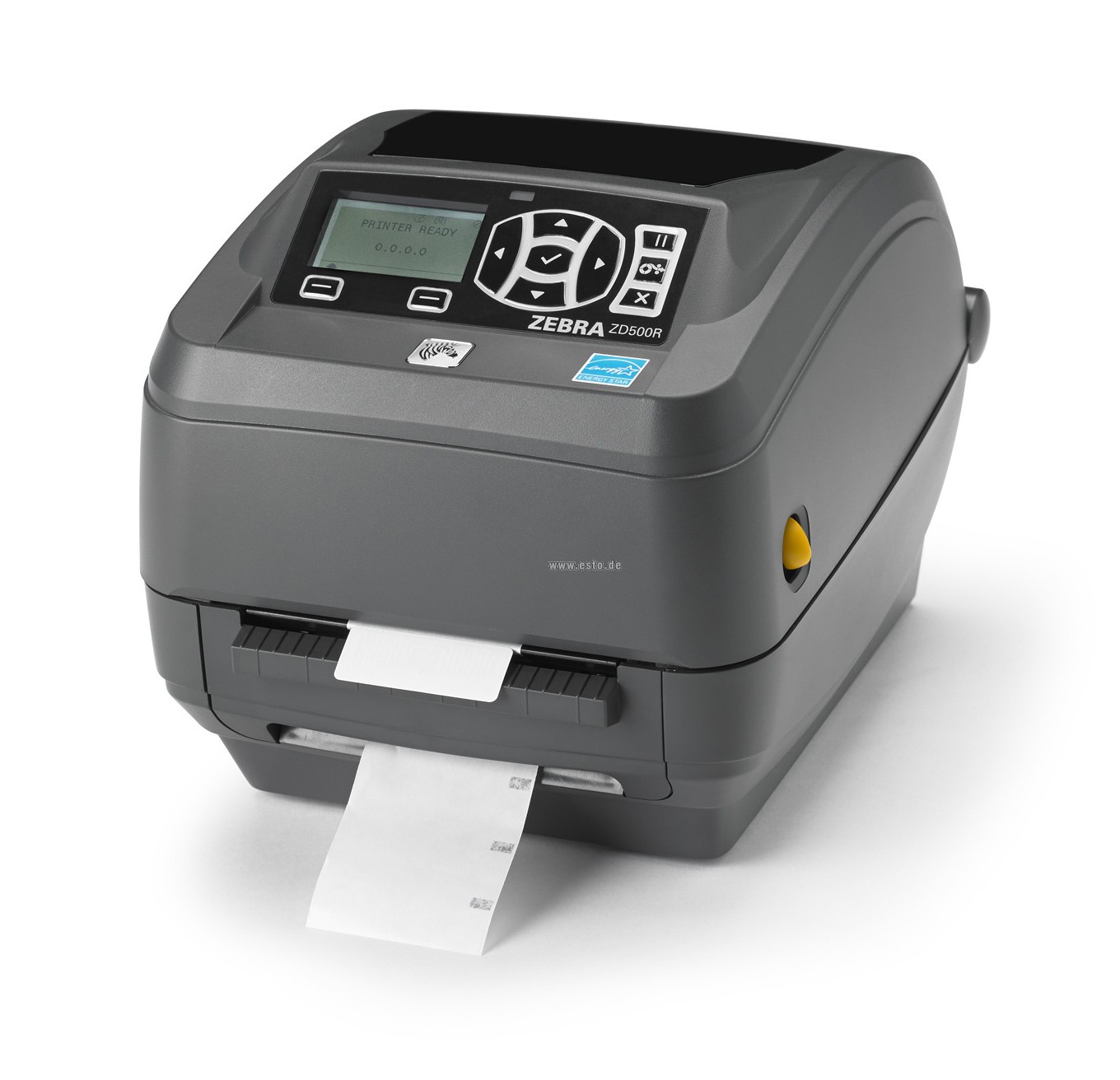 |
ZD500R | ZD500R RFID Printer | Android, Windows Mobile/CE | Bluetooth, USB, Wi-Fi |
| NOTE: Zebra's QL Plus and QLn series printers do not support USB printing. |